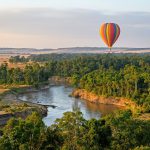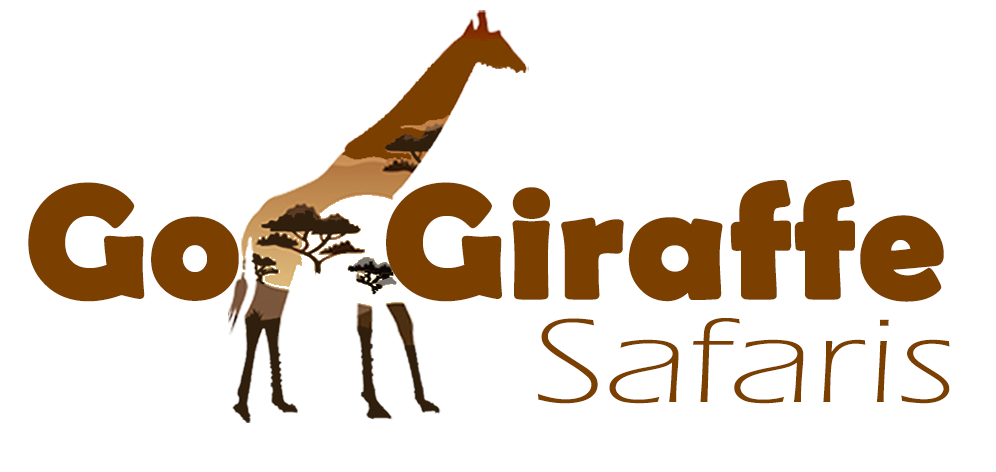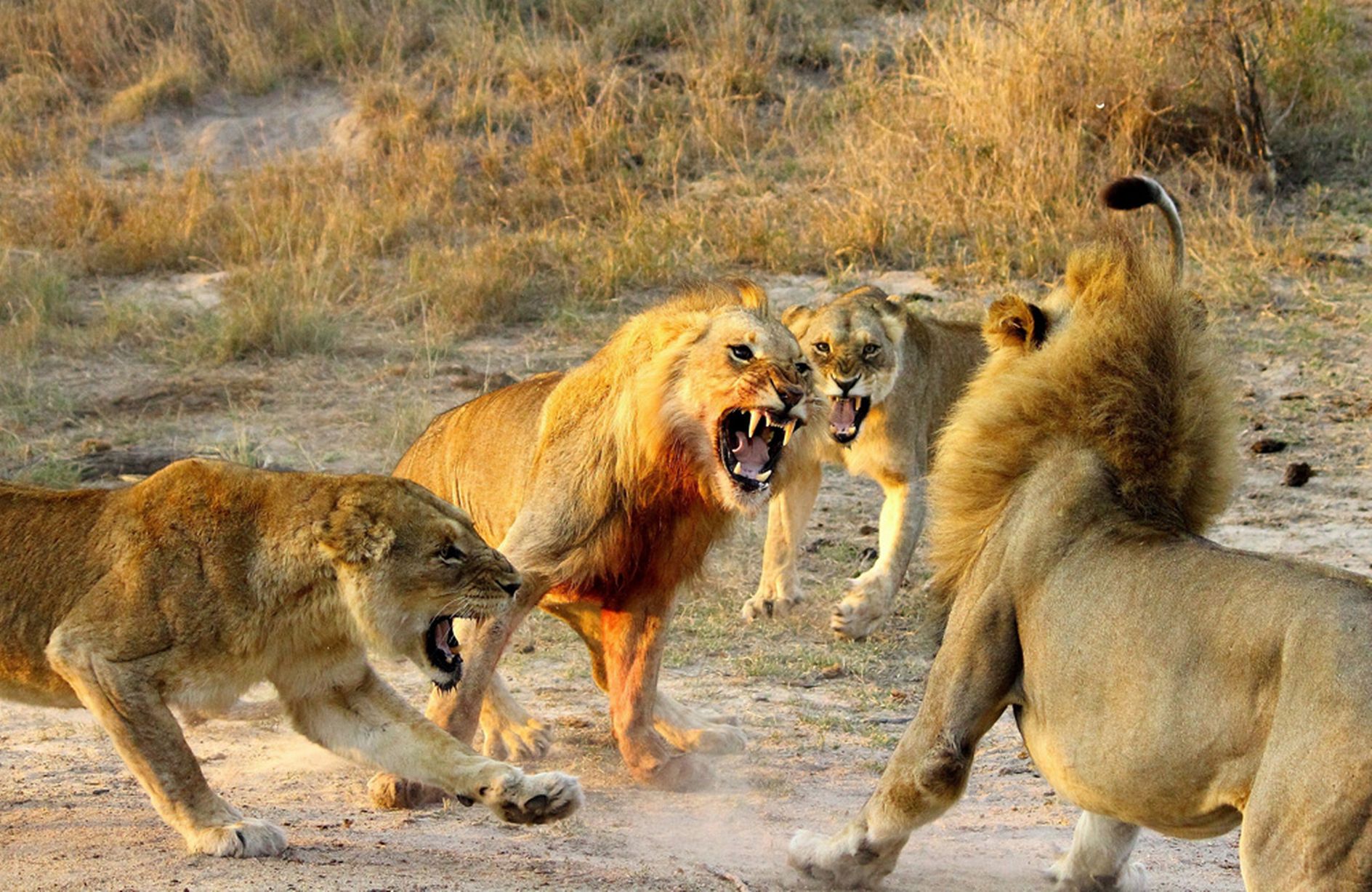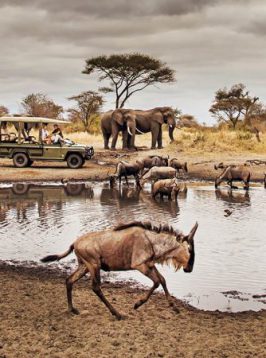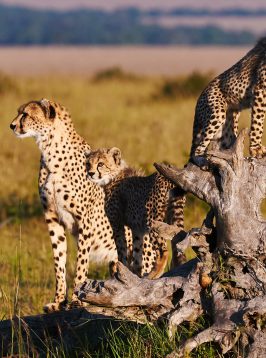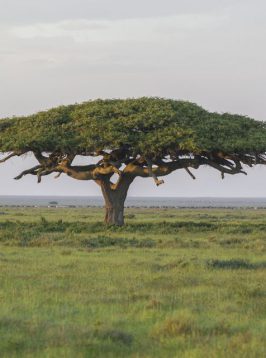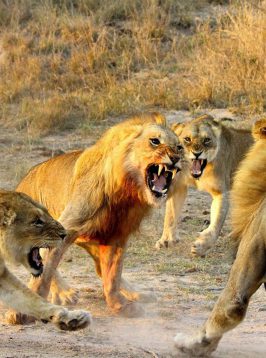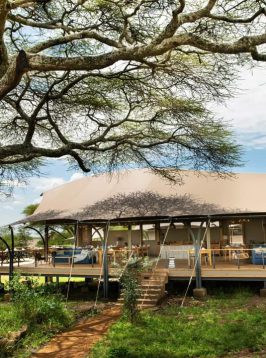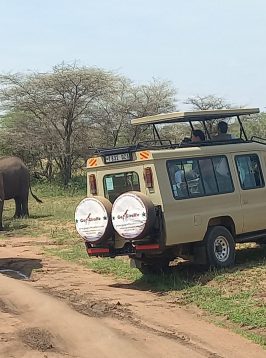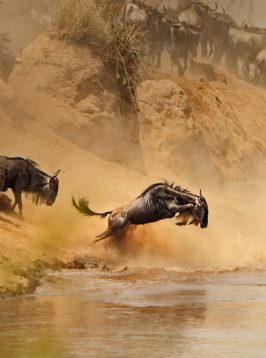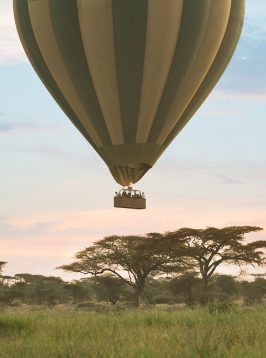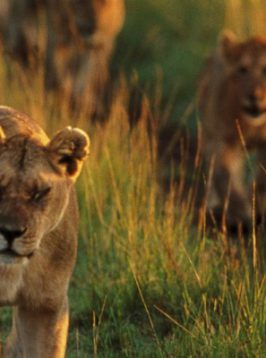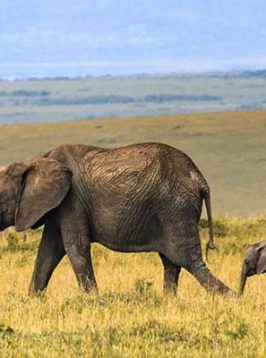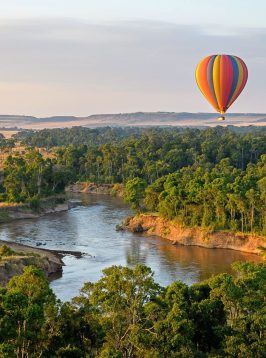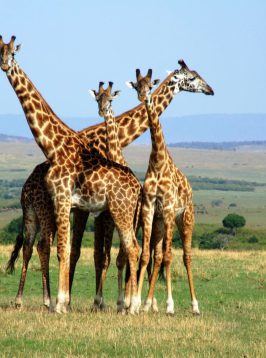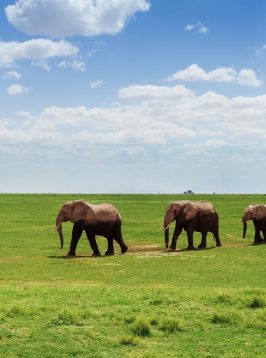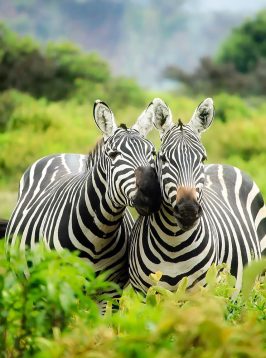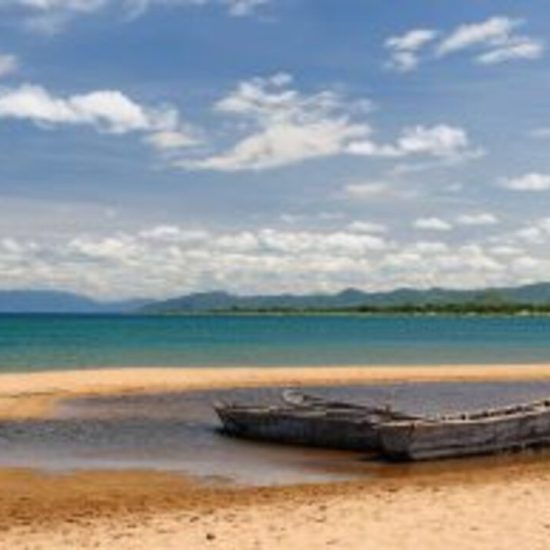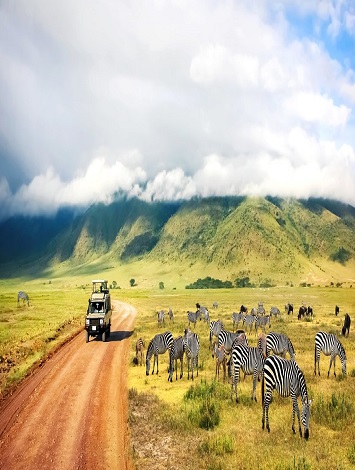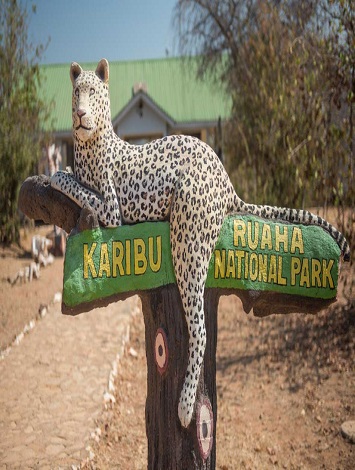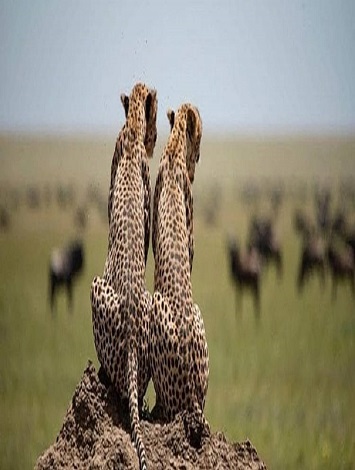Incredible Serengeti – Home to the Great Migration
Serengeti National Park? the name that means ‘endless plains’ in the Maasai language, the Serengeti National Park has become famous as a scenic and classical safari destination!
Serengeti National Park is undoubtedly the best-known wildlife sanctuary in the world, unequalled for its natural beauty and scientific value, it has the greatest concentration of plains game in Africa. It is Tanzania’s oldest park on the planet and a UNESCO World Heritage Site. It is home to the spectacular wildebeest migration and offers top-class wildlife viewing throughout the year, referred as Great Migration, takes place every year which includes some six million hooves cross the open plains, as more than over 1.5 million white-bearded (or brindled) wildebeests and 250,000 zebra and 300,000 Thomson’s gazelle join the trek for fresh grazing.
Top Destinations, ranking at the top of the safari lover’s top destinations the park is home to numerous wild animals and it most visited national parks in Tanzania, and the largest national parks covering around 14,750km2. Safari lovers come to Serengeti National Park to experience truly wild African Safari. Africa safari Big Five animals includes, lion, leopard, rhinoceros (both black and white species), elephant, buffalo, and small cats’ family i.e. 3,000 lions, 1,000 leopards, 300 cheetahs 8,000 Hyenas, Jackal and bat-eared for can be spotted in the park, the Home for Africa big five & the best natural events in the world.
The Park is situated in the Serengeti Ecosystem in the Mara and Simiyu regions. The Park spans, 12,000 square miles of grassland plains, savanna, riverine forest, and woodlands and considered as one of the largest national parks of Tanzania. The true fame Serengeti gained after getting framed in a book and film named “Serengeti Shall Not Die” by Bernhard Grzimek and his son Michael in the 1950s. The Park holds a good variety of wildlife like blue wildebeests, gazelles, zebras, and buffalos inhabit the region, along with lions, spotted hyenas, and many more. The Park is probably the cheapest one that enables a large number of herbivores as well as carnivores. Over 500 birds’ species are found in the park including ostrich, secretary bird, bustard, crowned crane, marabou, martial eagle, lovebirds, and many more.
Near……!
To all the major spots of Tanzania like, Kilimanjaro, Manyara, Tarangire and Ngorongoro enabling and border with Maasai Mara easy transfers between them all means
The Park offers a great view which is iconic for photography safaris
Great Migration Trend
The Migration trend standard is probability due to unpredictable Nature when the Wildebeest migrations dependent on rain. They usual follow the path of the rain in order to feed off the new grass whilst also being close to a good water supply.
Late November and December,
The herds of the wildebeest migration arrive on the short-grass plains of the Serengeti. These are south and east of Seronera, around Ndutu and include the north of the Ngorongoro Conservation Area. Dispersed across these plains, Wildebeest and zebra are everywhere – feeding on the fresh, nutritious grasses.
January, February and March
With most wildebeest calves born in a short window around February.
Gradually they spread west across these plains (Ndutu Ngorongoro & Ndutu Serengeti), then around April they start their great migration north Serengeti.
By May
the Serengeti’s wildebeest all seem to be moving north and west of Seronera area, migrating to seek fresh grazing and water.
June the wildebeest migration,
Is often halted on the south side of the Grumeti River, which has some channels which block or slow their migration north.
The wildebeest then congregate there, in the Western Corridor, often building up to a high density before crossing the river.
July and August,
The migration continues moving northwards, often spreading out across a broad front: some heading through Grumeti Reserve and Ikorongo. Others north through the heart of the Serengeti National Park.
September
Sees the herds spread out across the northern Serengeti, where the Mara River provides the migration with its most serious obstacle. Watching the frantic herds of the wildebeest migration crossing the Mara River can be very spectacular; it’s common to see herds cross the Mara River north on one day, and then back south a few days later.
By October
The wildebeest herds are migrating again with more accord: all are heading south, through western Loliondo and the Serengeti National Park’s Lobo area, returning.

